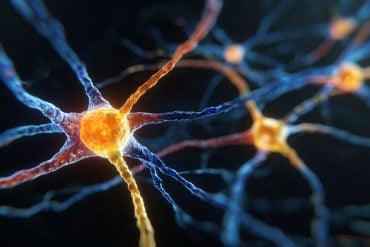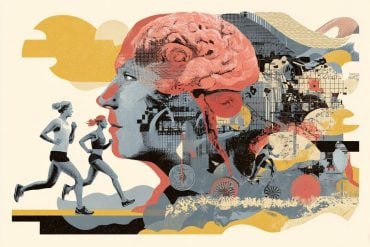Summary: A new study reveals that the stress of capturing and tagging wildlife affects their behavior for several days, altering their activity levels and movement patterns. By tracking 1,585 individuals from 42 species fitted with GPS collars, researchers found that predators tended to reduce their activity while herbivores often increased movement post-release.
The study shows that most animals returned to normal behavior within four to seven days, with larger animals and those living near humans recovering more quickly. These findings emphasize the need for longer tracking periods to obtain accurate data on animal behavior in the wild.
Key Facts:
- Wildlife behavior changes for 4–7 days after capture and tagging.
- Predators decreased activity, while herbivores often increased movement.
- Animals living near humans recovered faster from the stress of tagging.
Source: University of Potsdam
The tagging of wildlife provides important insights into their movements, physiology, and behavior amid globally changing ecosystems.
However, the stress caused by capture, handling, and tagging can have an effect on the locomotion and activity of the animals and thus also affect the validity of the collected data.
Therefore, Potsdam researchers led by Jonas Stiegler and Niels Blaum, in collaboration with over 100 other scientists worldwide, analyzed the data of 1585 individuals from 42 species that had been fitted with GPS collars.

“Over a period of 20 days after release, we analyzed how active the animals were and what distances they covered in order to see how much the animals deviated from their normal behavior and how long it took them to recover from the disturbance,” explains Jonas Stiegler, the lead author of the study.
30 of the 42 species studied changed their behavior significantly in the first few days after release, although there were noticeable differences between the species. For example, predators covered shorter distances on average after release, while most herbivores covered longer distances than normal.
Moose (63 % further than the long-term average) and eland (+ 52 %) had the largest increase in displacement distance, while leopards (- 65 %) and wolves (- 44 %) exhibited the largest decrease. In general, omnivores and carnivores were less active in the first few days, while herbivores showed both increased and decreased activity rates.
However, the data also revealed that the animals “recovered” at different rates: All species basically returned to their normal behavior within four to seven days.
Omnivores and carnivores went back to a normal degree of activity and movement within five to six days, herbivores exhibited a normal range of movement more quickly (four to five days), but only returned to their usual degree of activity at a later stage (six to eight days).
In addition, larger animals recovered more quickly than smaller ones.
“However, it was particularly noteworthy that animals whose habitat is more strongly influenced by humans were the first to return to normal behavior,” Jonas Stiegler said.
“Our evaluation clearly shows that the periods over which wild animals are tracked should be longer than one week in order to obtain meaningful results and to actually be able to study their natural behavior.”
About this behavioral neuroscience research news
Author: Matthias Zimmermann
Source: University of Potsdam
Contact: Matthias Zimmermann – University of Potsdam
Image: The image is credited to Neuroscience News
Original Research: Open access.
“Mammals show faster recovery from capture and tagging in human-disturbed landscapes” by Jonas Stiegler et al. Nature Communications
Abstract
Mammals show faster recovery from capture and tagging in human-disturbed landscapes
Wildlife tagging provides critical insights into animal movement ecology, physiology, and behavior amid global ecosystem changes. However, the stress induced by capture, handling, and tagging can impact post-release locomotion and activity and, consequently, the interpretation of study results.
Here, we analyze post-tagging effects on 1585 individuals of 42 terrestrial mammal species using collar-collected GPS and accelerometer data.
Species-specific displacements and overall dynamic body acceleration, as a proxy for activity, were assessed over 20 days post-release to quantify disturbance intensity, recovery duration, and speed.
Differences were evaluated, considering species-specific traits and the human footprint of the study region.
Over 70% of the analyzed species exhibited significant behavioral changes following collaring events.
Herbivores traveled farther with variable activity reactions, while omnivores and carnivores were initially less active and mobile.
Recovery duration proved brief, with alterations diminishing within 4–7 tracking days for most species.
Herbivores, particularly males, showed quicker displacement recovery (4 days) but slower activity recovery (7 days).
Individuals in high human footprint areas displayed faster recovery, indicating adaptation to human disturbance.
Our findings emphasize the necessity of extending tracking periods beyond 1 week and particular caution in remote study areas or herbivore-focused research, specifically in smaller mammals.







